
Surgery for Badly Positioned Nasal Septum
The nasal septum is the wall that is located between the nasal cavities inside the nose and its surgical correction is deemed necessary if it does not run down straight, but is rather deformed, blocking the normal airflow, obstructing breathing and aesthetically looking unappealing. There are a couple of medical conditions produced by a deviated nasal septum, such as epistasix, and situsitis, both of which are chronic problems for individuals suffering from the obstructed nasal cavity. Septoplasty, the medical term used to describe the correction of the nasal septum, is done in order to straighten the partition between the two nasal cavities, ease the breathing problems and stop the recurrence of related medical complications. The procedure itself usually lasts for about one hour and the patient is able to go home on the day of the surgery, but the recovery period is much longer and is one of the reasons why many individuals try to avoid having the intervention in the first place. As far as the possible causes for a deviated septum go, a serious injury to the nose is the most common. When the septum that divides the right nasal cavity from the left is shifted to any one side, the blockage of the airways is created that can only be surgically repaired. Recovery Time and Possible Complications Resulting from Septoplasty
The recovery time after having septoplasty to correct the nasal wall can take anywhere between 8 to 12 weeks and the recovery process itself is often very painful. Every individual who undergoes septoplasty should strictly obey the recommendations given by a health care provider in order to recover as quickly as possible while avoiding any likely complications. The week following the procedure is crucial as this is when most things can go wrong, but afterwards the recovery should be relatively smooth. One of the main complications is excessive bleeding, which has to be stopped by medical care providers. If, however, there is only occasional spotting than the individual should not be alarmed as it will pass naturally without consequences. Further, as is the case with any wound created by a surgical intervention, the lesion on the nasal septum can get infected if not taken care of properly and in turn has to be treated with medications. In addition, engaging in activities such as smoking, drug use, or even exposing the wound to second hand smoke or any strong odors can also cause irritation and prolong the recovery period. Finally, an individual has to be careful not to expose the nose to any injury or trauma and also when performing simple activities such as nose blowing should proceed with caution.
Recovery Tips for Septoplasty
In order to make the most out of the recovery period as well as to try and decrease its length, there are a couple of things a patient could do. For instance, applying water with a significant concentration of salt onto the wound helps the heeling process and can relieve the pain and discomfort. Also, occasional use of antibiotics, only if prescribed and recommended by a doctor, reduces the possibility of getting an infection and in case one has already developed it, antibiotics will heel it. Placing a gaze under the wound will also sooth it and make the individual more comfortable, while the blowing of the nose should definitely be avoided for at least one week immediately following the surgery. As previously mentioned, excessive bleeding is one of the main complications that can result from septoplasty and nose blowing is a sure way to induce it. In case a recovering patient has to sneeze, he or she should do so with the mouth open as to engage the nose as little as possible and just wipe it afterwards instead of blowing. Similarly, breathing through the mouth will alleviate the pressure put on the wound and help during the recovery process. Further, there are various types of nasal sprays that will keep the wound lubricated, in turn reducing the possibility of a tear, as well as in some instances decrease the intensity of the bleeding, too. Also, traveling by plain is not recommended during the first couple of weeks as it puts a lot of pressure on the ears, throat and nose, but if there is pressure caused by an external element, ice packs could be placed on top of the nose to relive it. In addition, the doctor will highly likely prescribe appropriate medications to reduce the amount of pain, which should be taken with caution and only as advised. Finally, a recovering patient should opt for contact lenses instead of glasses, which would put pressure on the nose and avoid any physical activities for the first few weeks as they would increase the hearth rate and speed up the breathing, as well as expose the nose to injury.


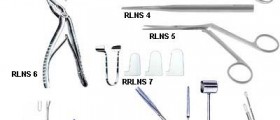

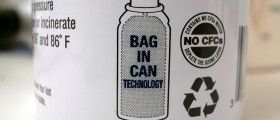
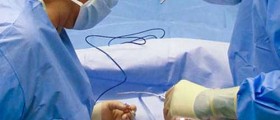
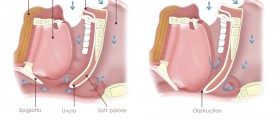
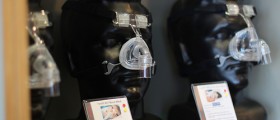
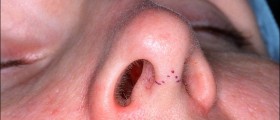
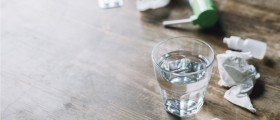


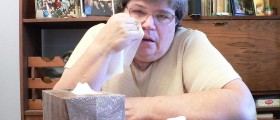
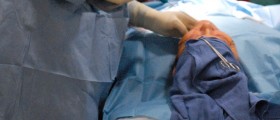
-And-Breathing-Problems_f_280x120.jpg)

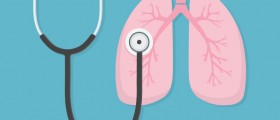
Your thoughts on this
Loading...